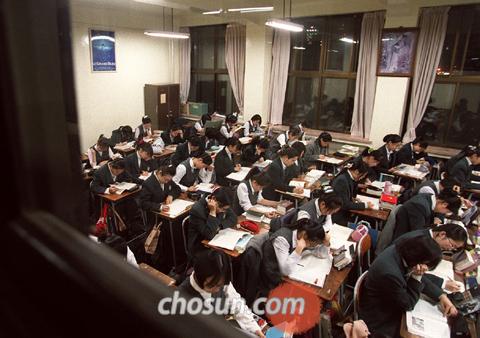Student life in Korea is very different from student life in the U.S.. The difference is very apparent in the years before college. First, the concept of homework is less emphasized in Korea. Students aren't really given homework because they are simply expected to study. Once the student gets home, they would only have enough time to go to bed. High schoolers in Korea would go to school early in the morning and come back late night. That is because they would have classes during the day and self study sessions after school in the school. The thing about these self study sessions is that students are expected to stay and study as if it is a class. This long day does not only account for high schoolers but even elementary and middle schoolers. Young ones would go to class and commonly go to private tutors right after. This concept of private tutor is not like in the U.S.. It is actually just school all over again. Because they study so much anyways, homework is meaningless in Korea. Korea also has a ranking system whereas U.S. has an excellent merit system. The ranking of each student becomes very important during college application time and due to this ranking system, competition is very hard in Korea.



